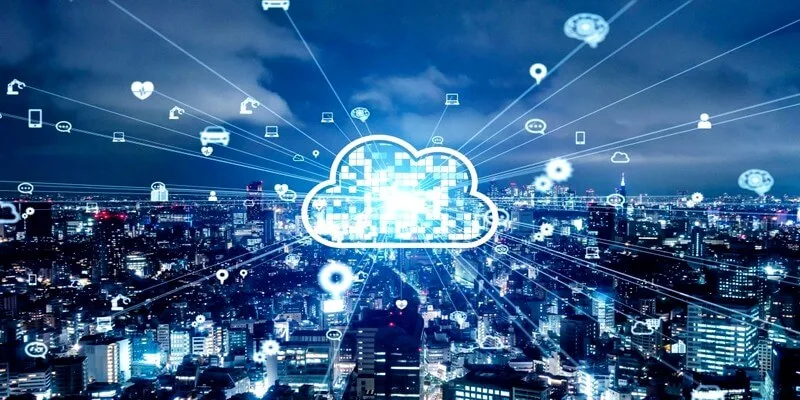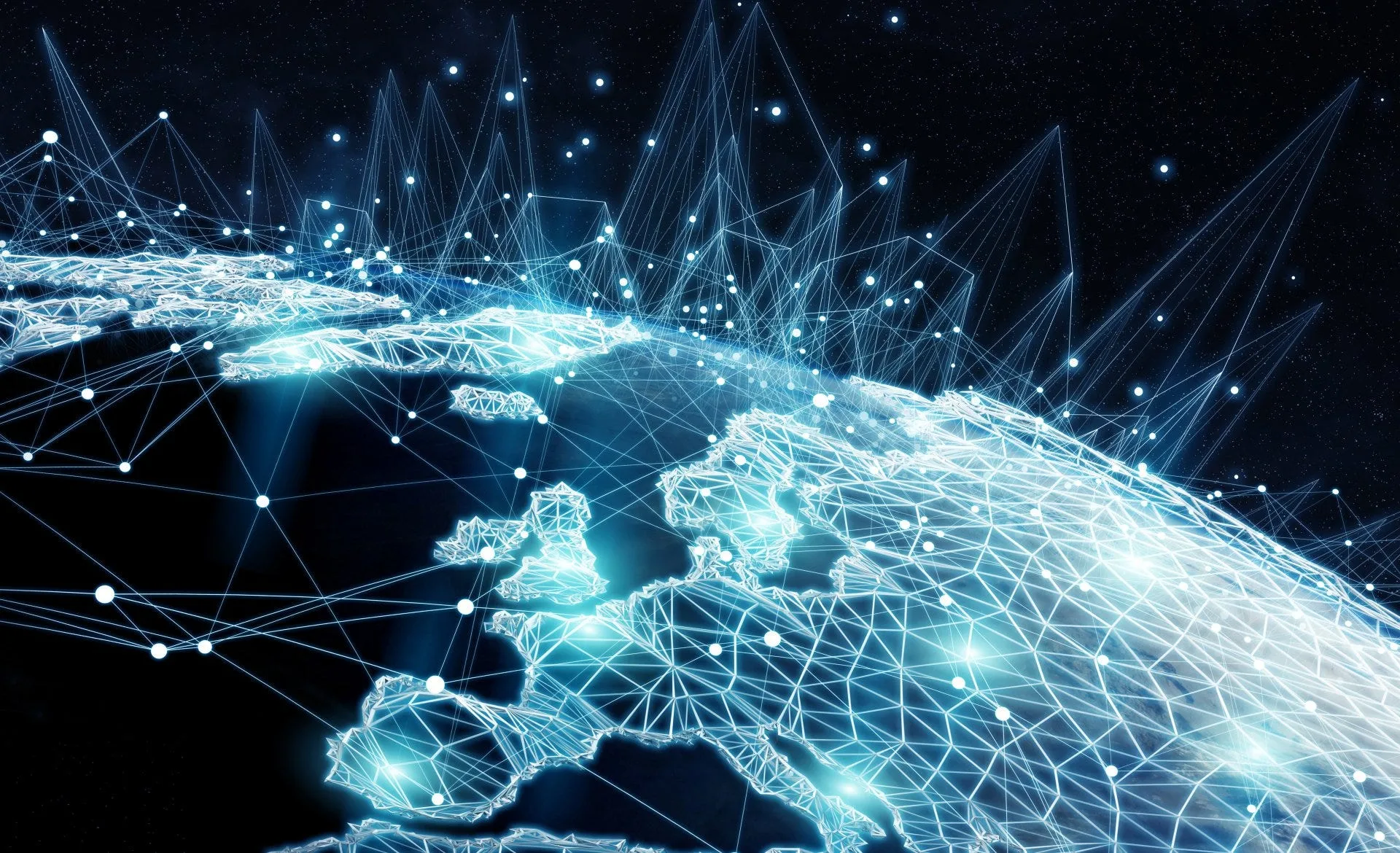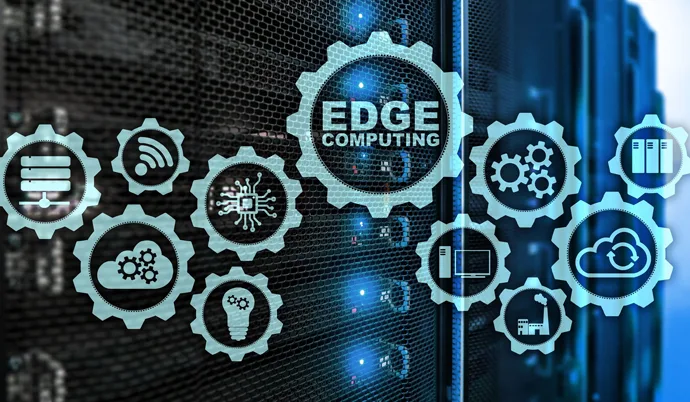Can Edge Computing Revolutionize Real-Time Data Processing?
Edge computing is a new informatics model that enables data processing and recording of this data to be processed where the data is produced, without being connected to any cloud data center. Thanks to edge computing, data processing processes become much faster, latency times are reduced, and a suitable platform for real-time applications is provided.
Thanks to edge computing, smart home systems can be established. Thanks to edge computing, all units and automation systems covering smart home systems, from security cameras to lighting systems, save the data they record where the data is produced, without being connected to any cloud system, making it a great solution for real-time data processing.
It can revolutionize real-time data processing not only in smart home systems, industrial automation in the healthcare sector or Smart agriculture automations, but also in banking.
Although it is not a technology that is widely used in every field today, it may be recommended to adapt it today, as processing and recording data will be problems that will require higher speed in the near future.
What Is Edge Computing, And How Does It Differ From Cloud Computing?

Today, data processing and data storage have a significant market share. Many large companies allocate a large amount of resources for the storage and processing of data. Companies that provide this service are called Cloud Computing. Cloud Computing data systems enable customers to safely protect their data for certain fees.
Edge computing and Cloud Computing are different from each other. Edge computing is an IT model that processes data and stores this data right next to the devices, that is, where the data is produced. In this way, response times are much faster and latency times are eliminated, but Cloud Computing provides data stored through remote servers in data centers.
This not only increases response times but also increases latency. Today, world target social media platforms such as Facebook and Instagram receive services from Cloud Computing data centers. As it is known, Google Drive can be given as an example of a type of Cloud Computing, but as an example of edge computing applications, new technological technologies that record their own data, from the smart system units we use in our homes to the devices used in the healthcare sector. are tools
How Does Edge Computing Enhance Real-Time Data Analytics And Processing?
Edge computing performs data analytics and processing in real time. edge computing processes and saves data in real time by enabling data to be processed near the devices, that is, the data is processed locally without first going to another central server. In this way, units using edge computing technologies respond faster and more accurately.
They can develop decisions and strategies. Today, many different sectors benefit from edge computing technologies, from industrial automation to smart city projects, from advanced healthcare to logistics solutions.
For example, a security camera records and stores the images it records within its own mechanism instead of sending them as data to a general server. In this way, this security camera Users who want to view the data they have recorded can access this data in a shorter time. edge computing technology provides real-time data analytics by processing this data locally.
What Industries Stand To Benefit The Most From Edge Computing?
Smart home systems, one of the most popular trends of recent times, include many different units and technologies. Security camera systems and lighting systems built into smart home systems are generally made using edge computing technology. This technology, which decides on the details of the lighting systems through the sensors in your home, is a type of edge computing. is an example of technology.
Moreover, the edge computing system is seen not only in smart systems but also in many different technologies used in the industry. There are products that benefit from edge computing technology on a wide scale, from smart city projects to x-ray devices used in hospitals. Likewise, industries such as logistics and transportation that use internet of things technology benefit from edge computing technology.
In this way, a product You can learn the location and status in real time during the logistics process and supply chain process. This technology is used by many Logistics companies today and this data is transferred to customers in real time.
What Security Considerations Are Important In Edge Computing?

As in almost every technology, security and privacy are very important issues for edge computing. Edge computing technologies are designed with some security measures and privacy. These include devices that will be considered in edge computing technology to take security measures such as data encryption and authentication when processing this data.
Generally, a secure network needs to be created in edge computing. In this secure network ecosystem, external intervention is prevented. The issue of who owns this data and whether there are any daughters involved in sharing it is crucial.
Are There Limitations To The Scalability Of Edge Computing Solutions?
Of course, there are some limits for edge computing solutions. In many applications that require large amounts of data processing, the limited storage ability of local devices can be given as an example. For example, a security camera has to delete this data in certain periods while recording data. Dozens of images recorded for months and years can be stored locally on a single device. It is impossible to record it.
Therefore, the security personnel controlling the security camera periodically command the edge computing devices to delete these images. This can be given as an example of a limitation to the scalability of general business solutions. Therefore, edge computing solutions that benefit from Cloud Computing technologies are actually the best solution.
Although the processing and storage of data is faster and better with edge computing solutions, after the data reaches a certain size, the Cloud Integration with information technology may also be suggested.
See you in the next post,
Anil UZUN
